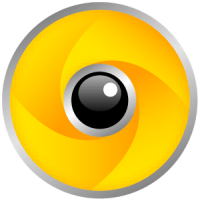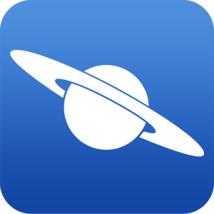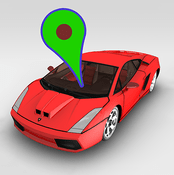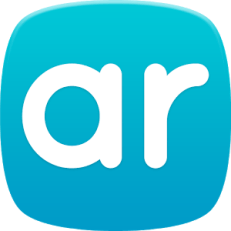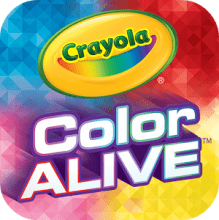Augmented reality is isn’t just about Pokemon Go and gaming. Yes, the composite view created offers and immersive experience that transports the user into a near-alternate reality, but that feature doesn’t have to be restricted to fictional games.
What you do with augmented reality within your mobile app is up to you. It has popularly been used by home furniture stores such as IKEA to virtually place furniture in your premises and show you how it will look there.
Fashion and beauty brands have used it to demonstrate looks to the customers, without having to actually try on the make-up and apparel.
Hence, augmented reality has shown potential to directly boost sales, as in the above examples, or it can be used creatively to offer that something extra that sets you apart from competition.
Here are 5 examples of how augmented reality has been used to deliver delight to users in a way that will keep them coming back for more.
1) Wikitude World Browser
This app is often referred to as a ‘third eye’. That’s simply because you point your camera in the vicinity and this app shows you the world around you in new light.
Looking for coffee shops, ATMs, cinemas or anything else? Wikitude is like the Wikipedia of location targeting.
Wikitude sources its content from thousands of content providers and is a great example of how one app can use augmented reality to offer a rich location-based experience.
It’s a great way for local businesses to get on the grid.
2) Star Chart
If Wikitude lets you explore the world about you here on Earth, Star Chart takes it to the skies.
Working on a similar ‘point and shoot’ action, Star Chart is an educational app that shares information about stars, constellations and planets in any direction—even on the opposite end of the world.
The idea is evident, augmented reality apps can be used to disseminate information that in a wholesome way.
Imagine doing this within a massive mall, or a large department store, to make navigation easier for shoppers.
3) Augmented Car Finder
How many times have you gone to the mall or parked at a distance from your office only to be unsure of where you parked later?
Augmented Car Finder simplifies the experience for you—step out of your car, save the location on the app, simply follow the arrow back on your screen when it’s time to get back.
This app uses the GPS capability of your phone to guide you back, using augmented reality to show you the direction your car is in.
Similarly, what if you could look for the cheese rack in your supermarket? Or make your way to back to the crèche where you left your kids?
Augmented reality can exploit the many capabilities of smartphones to understand and fulfil user needs.
4) Layar
Imagine you’re leafing through a magazine and you see an article you’re interested in. If the article has been ‘Layarized,’ you can scan the article through the Layar app, and related digital content (voice files, videos, slideshows) become visible to you immediately on the page, through your phone.
Then you see a print ad that you’re interested in. Once again, you scan it and purchase links to the products become visible on the page, through the app.
You get the idea—Layar enhances the user experience by letting you add digital detail to anything—movie posters, flyers, newspapers, even coffee cup sleeves!
This is how augmented reality lets you introduce digital transformation to your existing marketing—for instance, mail order catalogs can be digitized to make the shopping experience more modern and user-friendly.
5) Crayola Color Alive
Crayola, the coloring supplies brand, deploys augmented reality to take the user experience to a whole new level.
Color the figures in your coloring book, scan them through the Color Alive app and watch the colored characters come alive with animation and special effects.
Needless to say, a great exercise in adding excitement and building brand loyalty, Crayola shows how to creatively use augmented reality to complement one’s products.
These diverse ways of using augmented reality should help to get you thinking to see how you can use it for your brand and products. Augmented reality goes one step beyond the imagination to show you what can be, use its versatility to create a memorable experience for your users.


